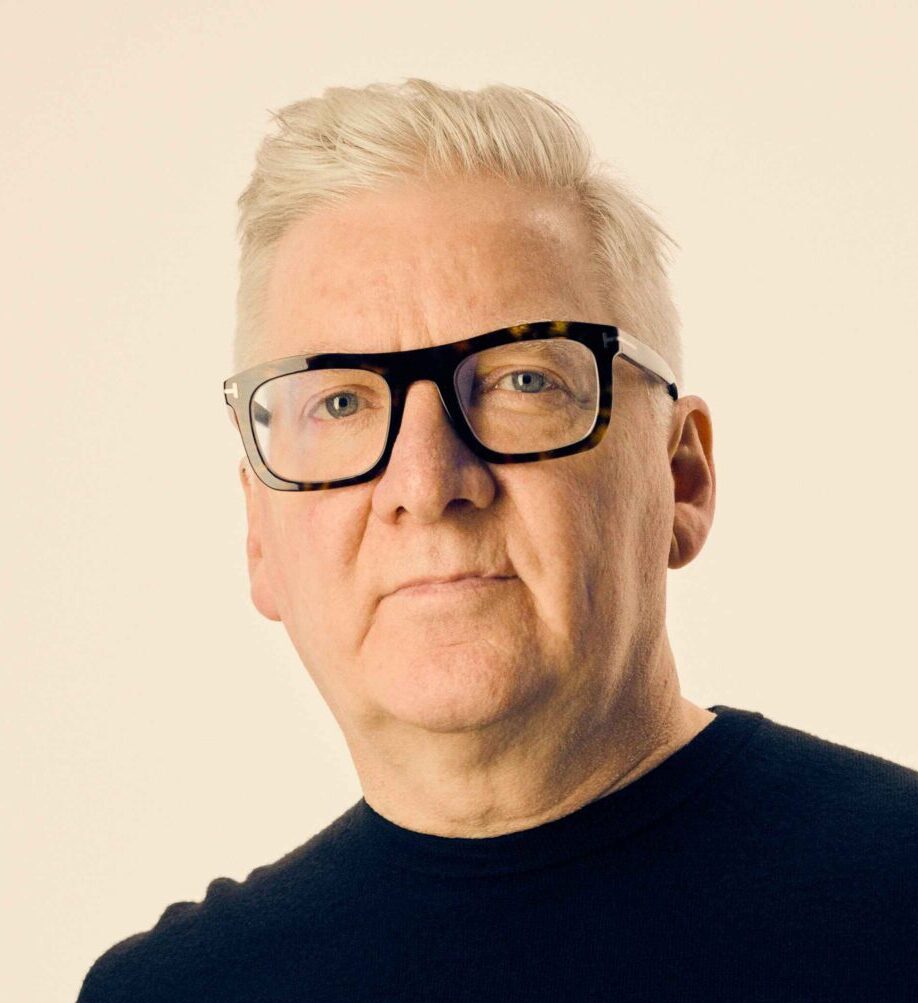There are several pricing strategies a business can adopt to bring its products or services to market. Some of these techniques include cost-plus, anchoring, and bundle pricing.
However, first, you need to calculate your cost per unit, check your competitor’s prices, conduct consumer research, and work out your markup. You then need to monitor your prices and adjust them as things change.
We’ll take you through these key steps in this article, and explain the different strategies you can use to find a sustainable pricing model for your business.
Key takeaways
- Calculate your cost per unit by combining fixed and variable expenses to avoid operating at a loss.
- Conduct thorough consumer research to align your pricing with customer expectations and enhance sales potential.
- Regularly monitor and adjust your prices to adapt to market changes and maintain sustainable profit margins.
Step 1. Calculate your costs
The first step to pricing your products or services is to calculate how much they cost you to make or provide. This will bring you to your cost per unit, which is vital to know to ensure that your business doesn’t operate at a loss.
You’ll need to understand both your fixed and variable expenses to do this – on either a monthly or weekly basis for the easiest calculation. Fixed costs, such as insurance and rent, remain the same, regardless of your production output. Meanwhile, variable costs like raw materials and packing supplies depend on how much you buy and sell.
For example, if your company sells soft drinks, your variable costs would be the ingredients, packaging and labelling fees. If you provide a service like hair styling, your variable costs would be the products you source from suppliers, such as shampoo and hair dye.
Your fixed costs would then be your business insurance, utilities, rent/mortgage, and advertising. Once you’ve found these numbers, simply add them all together and divide the total by the number of units you have (or estimate to sell per month) to get your cost per unit.
Using the soft drinks business as an example, your costs might look something like this:
Monthly variable costs
Ingredients: £120
Packaging and labelling: £60
Total: £180
Monthly fixed costs
Insurance: £20
Utilities: £100
Rent: £980
Advertising: £70
Total: £1,170
Formula: (180 + 1170) / 500 units (monthly forecast) = £2.70 per unit
Step 2. Check your competitors’ prices
Next, you need to check what your competitors are charging for similar products or services. First, you need to ensure that you’re analysing realistic competitors. They should be direct competitors that sell comparable items.
For instance, if you sell all-natural soft drinks made from fresh, local ingredients, you might find suitable competitors in farm shops or independent retailers. By contrast, a brand like Coca-Cola wouldn’t be a comparable competitor.
You should also ensure that the competitors you’re researching target a similar audience to yours and service the same geographical location. Find as many direct competitors as you can and note their price range, from cheapest to most expensive.
The purpose isn’t merely to match their prices, but rather to work out where your prices sit among them, and determine a fair yet competitive product price that generates a sustainable profit for your business.
Step 3. Conduct consumer research
As well as checking what your competitors are doing, you need to understand your customers’ expectations. In other words, you should conduct thorough market research to gauge what your target audience expects products or services like yours to cost, and what they are willing to pay for them.
Simple ways to find this information are through methods like surveys, questionnaires, and focus groups.
It’s essential to understand what your customers consider a fair price. Otherwise, your prices may be too high and you’ll struggle to make sales. Alternatively, people might also be dubious of prices that are too low and end up choosing a competing brand over yours.
Step 4. Work out your markup
Finally, you need to add a suitable markup. This is the profit your business will make. Your markup should be based on a combination of the following factors:
- Your break-even costs
- Your competitors’ pricing
- Your customers’ price expectations
- Your desired profit margin
- The pricing strategy you use (which we explain in more detail later)
In terms of what makes a good markup, there is no specific number – it’s different for every business and industry. You might find that a 20% profit margin is suitable, or you could go as high as 200%, depending on what you sell.
To give you some idea, between April and June 2023, the Office for National Statistics (ONS) reported an average profitability of 9.6% for private non-financial organisations, 7.8% for manufacturing, and 15.2% for services companies.
Step 5. Adjust your prices
Naturally, your prices will change over time with market fluctuations or internal business changes. You may even find that your initial pricing strategy doesn’t work after a while, or maybe it works for some products or services but not for others.
In either case, it’s vital to monitor your prices and adjust them accordingly. Keep in mind that if you lower your prices, you’ll still need to generate a sustainable profit margin. If you increase them, you should leave yourself some room to grow.
Pricing strategies
There are many different types of strategies to consider. For small businesses, there are 8 key techniques:
Cost-plus
The simplest way to price your products or services is using the cash-plus formula. It works by adding your cost price and profit margin together. For example, £2.70 + a 50% profit margin = £4.05 per item.
Note that this pricing method is based on the assumption that you will sell all units. If you have leftover stock at the end of the month, your profits will be lower.
Penetration pricing
This pricing strategy is used by start-ups to enter the market quickly and then adjust their prices over time. To start with, it involves pricing your products or services considerably below average and then slowly driving prices up as your market share grows.
Subscription services are a common example of the penetration pricing technique. They tend to offer introductory rates to acquire new customers (e.g. a one month free trial), followed by a monthly fee.
Price skimming
In contrast to the above, price skimming is when you introduce your products to the market at high prices and reduce them over time. This pricing strategy could be useful if you sell products that are highly demanded by a section of your customer base.
Competitor pricing
This is, essentially, a price-matching strategy. You’ll need to monitor competitor prices and adjust yours to either the same or a cheaper level.
Competitor pricing can be useful for gaining consumer trust and loyalty. However, depending on market performance, you could end up with small profit margins or operating at a loss.
Price anchoring
Price anchoring involves offering a mixture of high and low prices for different products or services. That way, customers are presented with a price range, allowing them to choose your brand regardless of their budget as opposed to shopping around for alternatives.
For example, if you sell homemade candles, you could anchor your prices by having cheaper ones (let’s say £4) that use lower-quality ingredients and short burn time. Your luxury candles would then be larger, made from premium, natural ingredients, and have a long-lasting scent (these could be priced at £10).
Psychological pricing
For business owners, pricing is a mathematical process. For customers, however, a purchase decision is heavily emotional. A psychological pricing strategy combines the two.
A common example of this technique is pricing a product at £99.99 rather than £100. Despite the mere 1p difference, customers tend to focus on the lower, non-rounded number and perceive it as a good deal.
This is a simple pricing strategy that your small business can adopt and test. It makes it easy to play around with your prices without significantly affecting your profit margins.
Bundle pricing
This is a useful technique if you want to sell individual items as part of a package. Similar to bulk buying, the idea is that the customer enjoys better value for purchasing multiple products.
‘Buy 1 get 1 free’ is an example of bundle pricing. Or if you sell personalised products, you could apply bundle pricing by offering a free engraving service with a particular item.
Captive product pricing
Captive product pricing is where you price separate components of a product individually. For example, if you sell refillable cleaning supplies, the reusable bottle could be inexpensive (or free) while the cleaning product itself is priced higher – the point being that you can’t use one without the other.
This pricing technique is used to ‘captivate’ a loyal customer base. It’s particularly popular among subscription services.
Thanks for reading
Pricing your new products or services is a complicated process. It requires careful consideration and accurate research to ensure that your business makes a sustainable profit.
Don’t forget that your very first calculations are not permanent. You’ll need to follow these steps routinely to amend your prices over time to match inflation, adapt to new business processes, and respond to customer feedback.
Thanks for reading. We hope you found this pricing guide for small businesses helpful. If you have any comments or questions, please let us know in the comments below.














Join The Discussion